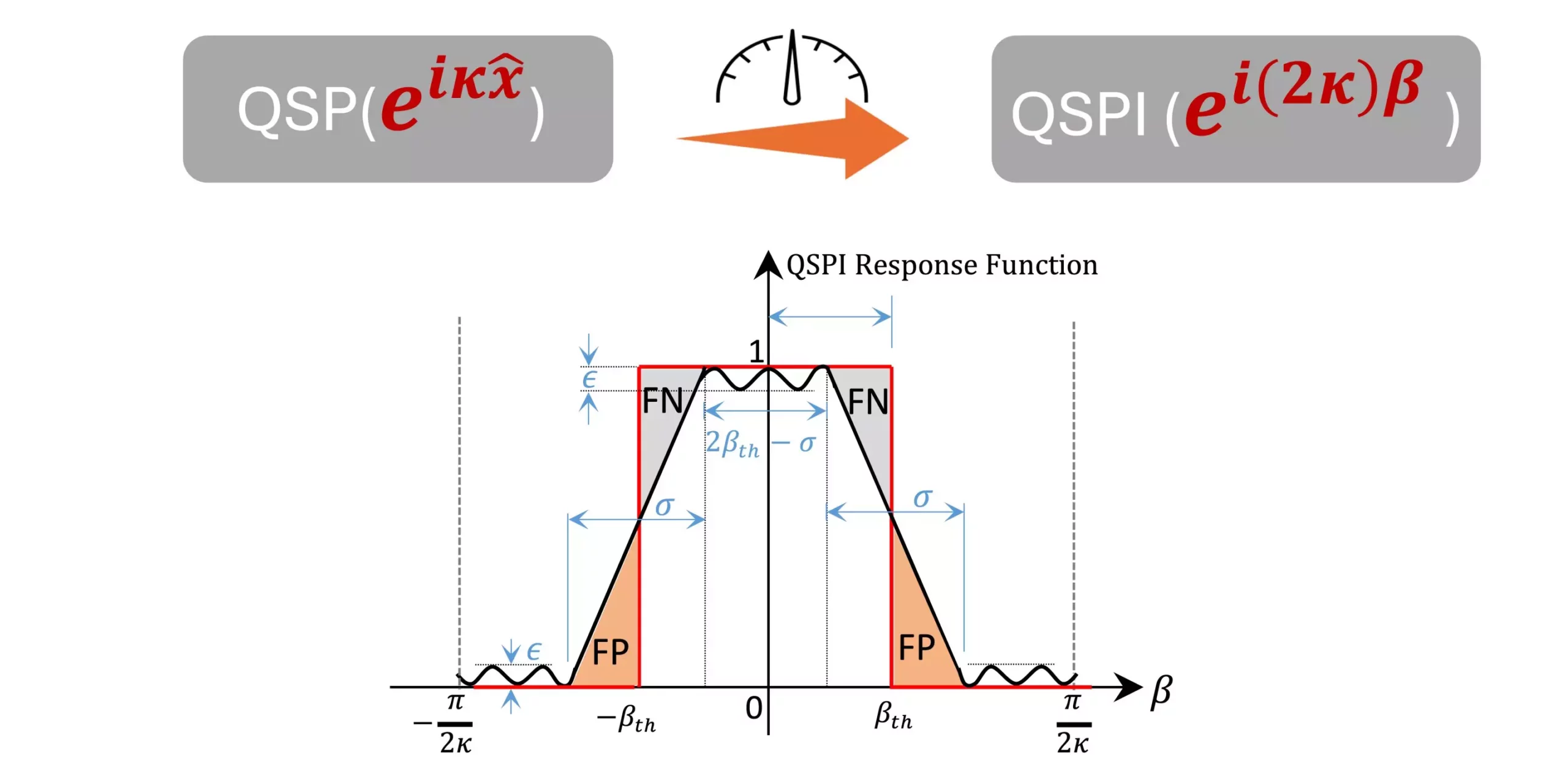The realm of quantum technology has long been hailed as the next frontier in scientific advancement, promising unparalleled capabilities in areas such as computing and communication. However, perhaps one of the most exciting developments lies within the field of quantum sensing. Researchers from North Carolina State University (NCSU) and the Massachusetts Institute of Technology (MIT) have recently made waves in this field by proposing a groundbreaking protocol to enhance quantum sensors’ sensitivity significantly. As they delve into the intricacies of harnessing quantum mechanics, their work could pave the way for sensors that operate at a fraction of the noise typically found in classical detection systems, opening doors to applications that were previously deemed impossible.
The Challenges of Quantum Sensors
Despite the immense potential that quantum sensors hold, there are inherent challenges in utilizing them effectively. According to Yuan Liu, an assistant professor at NC State and the study’s corresponding author, the primary difficulty lies in the ability to direct these sensors toward specific signals of interest. Traditional sensors are already capable of detecting various signals, yet improving their performance through quantum instrumentation offers an almost paradoxical situation: while quantum systems can approach the physical limits of sensing established by quantum mechanics, achieving this requires a sophisticated understanding of how to finely tune these devices.
Liu’s approach draws inspiration from principles rooted in classical signal processing. By adapting the principles of classical filter designs to quantum systems, the team has created a framework allowing for the manipulation of infinite-dimensional quantum systems—a task traditionally viewed as encumbered by complexity. Rather than engaging in the daunting endeavor of measuring the quantity of specific properties, Liu suggests that it may be simpler to treat the detection question itself as a binary decision: is the property of interest present, or is it not?
The Mechanism Behind Quantum Sensor Enhancement
The researchers implemented an algorithm that effectively couples a qubit, representing the quantum bit, with a bosonic oscillator. In straightforward terms, qubits are the foundational elements of quantum computing, analogous to classical bits, but exist in a state of superposition. On the other hand, bosonic oscillators parallel classical oscillators in some regards but possess characteristics that extend beyond mere dual states. The duo’s approach not only simplifies the operation of these sensors but also introduces a way to engineer the oscillator’s state for specific tasks.
By altering the coupling parameters between the two-dimensional qubit and the infinite-dimensional sensor, they could engineer the sensor to respond to targeted signals. This involves manipulating the wave function of the bosonic oscillator, shaping it purposefully to correspond with the detection of the desired property. Once the sensor has successfully captured the signal of interest, the researchers have devised a means to ‘undo’ this shaping, generating interference patterns that yield a clear and interpretable result in the qubit’s state.
Implications and Applications of the Protocol
The implications of this work extend far beyond academic theory; they propose a framework for developing a range of advanced quantum sensors that can operate across different technologies, from trapped ions to superconducting platforms and neutral atoms. Liu emphasizes the accessibility of this approach by leveraging existing quantum resources in sophisticated quantum hardware, enhancing its practical value.
What makes this protocol particularly revolutionary is its efficiency. Unlike classical systems that often demand repeated measurements—each potentially wasting valuable time and resources—this method allows for a single measurement to produce a decisive outcome. The result is not just a ‘yes’ or ‘no’ answer but an efficient extraction of information from an otherwise chaotic and infinite-dimensional landscape.
A Bright Horizon for Quantum Sensing
In an era where precision, speed, and efficiency are paramount, the advances made by Liu and his colleagues represent a significant leap forward. As they strive to refine our ability to detect and interpret signals hidden in noise, the scientific community stands on the brink of a sensor-driven revolution. The path to integrating these advanced quantum sensors into real-world applications, such as medical diagnostics, environmental monitoring, and security, is now clearer than ever. The double-edged sword of quantum technology—while filled with promise—relies on innovative minds willing to navigate its complexities, and Liu’s work exemplifies that spirit of exploration and discovery within the scientific domain.


Leave a Reply